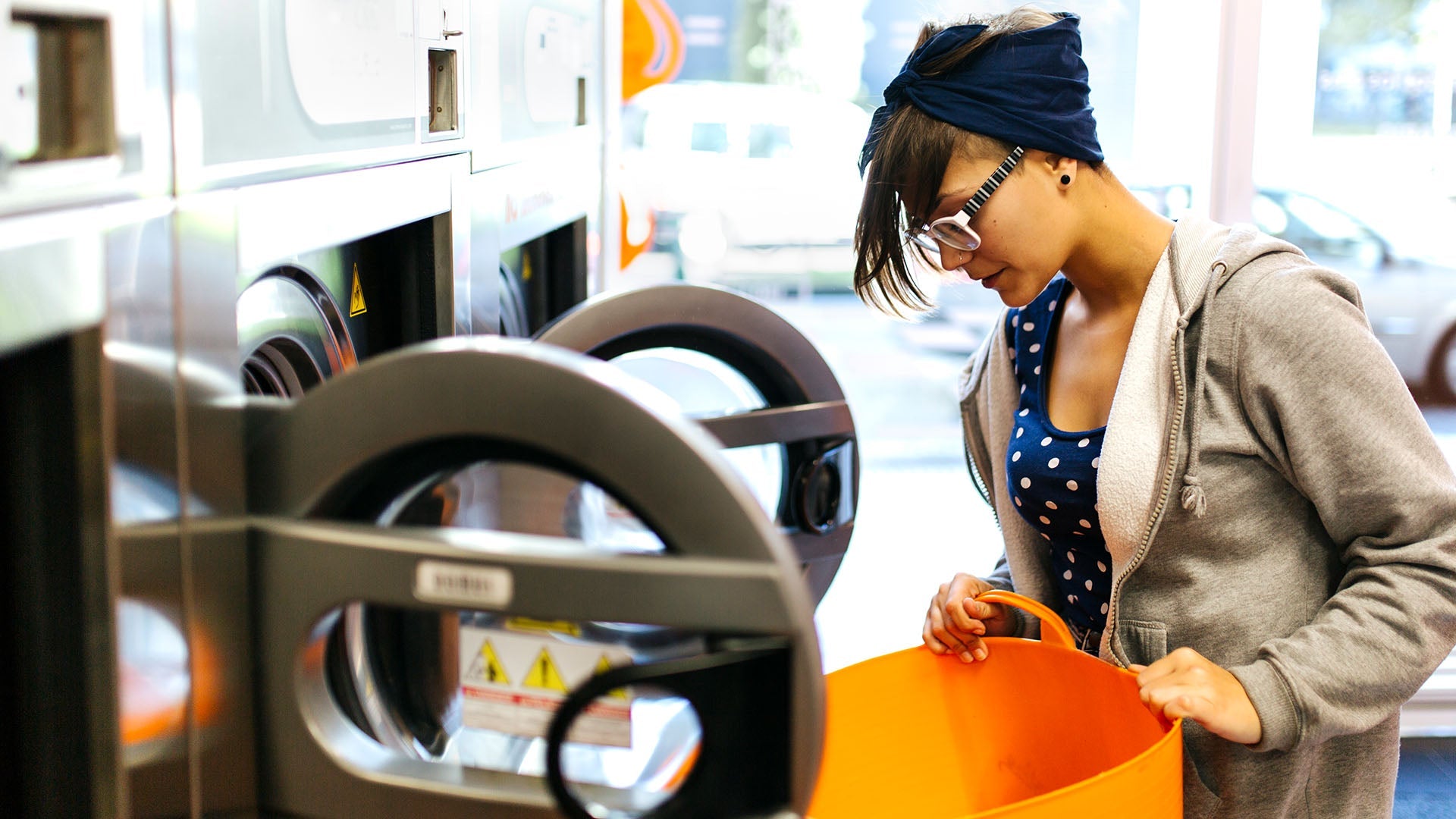Essential Emergency Preparedness: Must-Have Items for Your Survival Kit
Emergencies can happen at any time—whether it’s a power outage, a natural disaster, or getting stranded in an unfamiliar place. Having a well-stocked emergency survival kit can make all the difference in staying safe and prepared.
While many people think of food and water as the top priorities (and they are), there are other crucial essentials that often get overlooked. Here’s a breakdown of the must-have items for any emergency kit—including one device that can replace multiple tools at once.

1. Reliable Power Source for Communication
When the power goes out, your phone is your lifeline—but only if you can keep it charged. In an emergency, you need a portable power bank that can:
✔ Charge multiple devices.
✔ Hold a long battery life.
✔ Function without access to an outlet.
A multi-functional emergency power bank can be a game-changer, keeping your phone, flashlight, and even a radio operational when you need them most.
2. Flashlight for Visibility & Safety
Power outages and emergencies often mean darkness. A flashlight isn’t just for convenience—it’s a key safety tool for navigating your surroundings, signaling for help, or checking on your home.
✔ Choose LED flashlights – They last longer and use less power.
✔ Consider a built-in flashlight in a device you’re already carrying, like an emergency power bank.
✔ Avoid relying solely on phone flashlights, as they drain battery life fast.

3. Emergency Radio for News & Alerts
During storms, earthquakes, or power grid failures, you can’t always rely on cell service or the internet. That’s why having an AM/FM or NOAA emergency radio is essential—it ensures you get updates on:
✔ Weather conditions and disaster updates.
✔ Evacuation instructions if needed.
✔ Emergency response news when power grids and cell towers are down.
A compact, portable radio with a built-in power source is a must-have for any emergency kit.

4. First Aid Kit for Immediate Care
In any emergency, quick medical attention can be the difference between a minor injury and a serious one. A well-equipped first aid kit should include:
✔ Bandages, gauze, and antiseptic wipes.
✔ Pain relievers and allergy medications.
✔ Tweezers, medical tape, and scissors.
✔ Emergency contact information and basic CPR instructions.
Having a small but complete first aid kit ready can provide peace of mind in unexpected situations.
5. Non-Perishable Food & Water
In prolonged emergencies, food and water are your top priorities. A good emergency supply should include:
✔ Bottled water (at least one gallon per person per day).
✔ High-protein snacks like nuts, granola bars, or dried fruit.
✔ Canned goods with a manual can opener.
✔ Electrolyte packets or water purification tablets.
Keeping a 3-day supply of food and water ensures you’re prepared for short-term disruptions.
6. Multi-Use Emergency Tools
✔ A multi-tool or Swiss Army knife for cutting, opening cans, and making quick fixes.
✔ Duct tape for emergency repairs.
✔ A whistle for signaling help.
✔ Thermal blankets to retain body heat in cold conditions.
Bonus: If space is limited, look for devices that combine multiple functions—like a 3-in-1 emergency power bank that includes a flashlight and radio.

7. Important Documents & Backup Cash
✔ Copies of IDs, insurance policies, and emergency contacts.
✔ A small amount of cash in case ATMs and card machines aren’t working.
✔ A waterproof bag or container to keep everything safe and dry.
Be Ready for Anything
Emergency preparedness isn’t about living in fear—it’s about staying ready for unexpected situations. A well-equipped emergency kit ensures you have power, light, communication, and essential supplies when you need them most.
✔ Do you have an emergency kit ready? Start building yours today, and make sure to include a multi-purpose power source that keeps your essentials running no matter what. 🚨🔋



Leave a comment
This site is protected by hCaptcha and the hCaptcha Privacy Policy and Terms of Service apply.